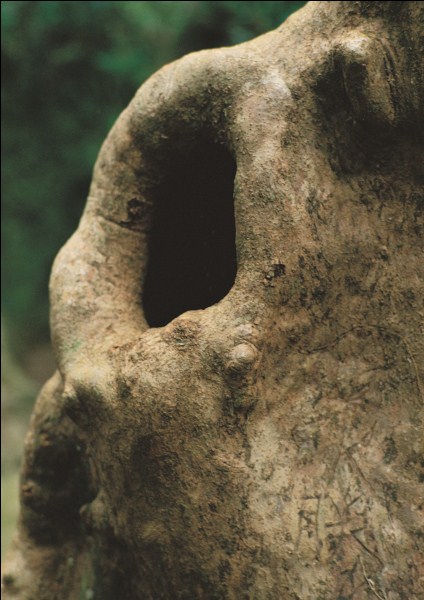Hi Integral Meditators,
Seems like there is a lot of new and regenerative energy around these last two weeks or so, after a month of everything seeming to drop out of my life, sure enough here comes all the new growth taking advantage of the new space! One of the main paradigms that I use for this mysterious process of birth, death and regeneration is that of the triple goddess. You can find the triple goddess in a variety of formats, each emphasizing something slightly different, but the one below; dark, bright and weaver goddess is very personally central to my own life path. I hope you enjoy the article.
Yours in the spirit of the ever changing patterns of life,
Toby
 Article of the Week:
Article of the Week:
Dark Goddess, Bright Goddess, Weaver Goddess
Three Goddesses from the Celtic tradition of spirituality, but found in different forms in spiritual pantheons worldwide.
When we or any plant or animal die, we fall down, our body is then drawn down into the darkness of the earth where it can decay and break down, thereby releasing its energy which can then be regenerated and arise in another life-form. This is the essential energy of the dark goddess, the goddess of death and regeneration.
When an animal or human is born from its mothers womb (or egg) it emerges from the darkness into the light of new life. When a seed sprouts, it emerges from the darkness of the earth and reaches up toward the life giving energy of the sun. This is the essential energy of the bright goddess, the goddess of new life and new creation.
During our own life, or the life of any life form we go through an organic process of life and death physically, mentally spiritually, financially, relationally and so forth. The tapestry of our life is continually being re-worked and re-created between the polar energies of the dark and bright goddess. This continual creative re-working and re-creating and re-weaving of the pattern of our lives is the essential energy of the weaver goddess.
To work effectively with these three living energies in our life we need to give equal and impartial respect and attention to the taking, dying and regenerative energies of the dark goddess, and the giving, birthing and creative energies of the bight goddess. With this impartial respect and attention in place we will then be in a position to co-create the ongoing pattern of our life with the weaver goddess, flowing with the constant process of dying and birthing, letting die that which has reached the end of its lifespan, and molding the new out of the new life force that is reborn from death.
A meditation on the Weaver Goddess
As a right brain meditation on the weaver Goddess you can’t do to much better than the poem “Orchil” by William Sharp. Sharp wrote much of his material under the influence of an inner world “muse” he called Fiona Macleod.
ORCHIL
I dreamed of Orchil the dim goddess
Who is under the brown earth in a vast cavern
Where she weaves at two looms;
With one hand she weaves life upward through the green grass,
With the other she weaves downward through the mold. And the sound of the weaving is eternity
And the name of it in the green world is time.
And through all, through all, Orchil weaves the weft
Weaves the weft of eternal beauty,
Eternal beauty, that passeth not
Though its soul is change.
© Toby Ouvry 2012, you are welcome to use or share this article, but please cite Toby as the source and include reference to his website www.tobyouvry.com


 Article of the Week:
Article of the Week:
 Meditation Workshop: An Introduction to Meditation From the Perspective of Tibetan Buddhism
Meditation Workshop: An Introduction to Meditation From the Perspective of Tibetan Buddhism Article of the Week:
Article of the Week:

 Article of the Week:
Article of the Week: